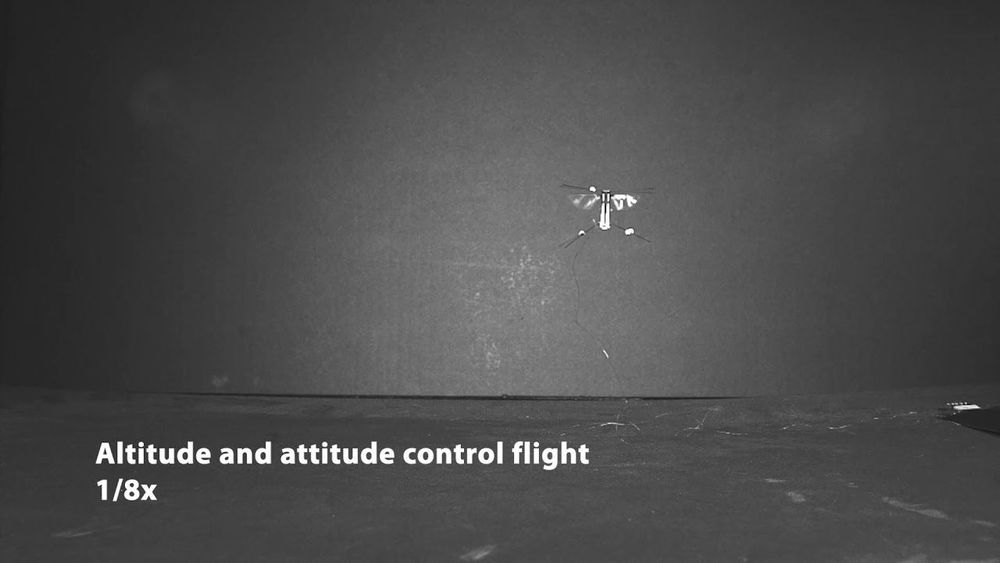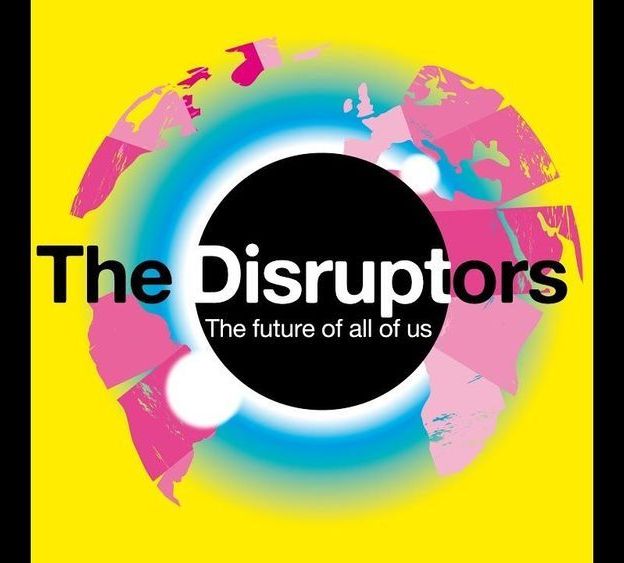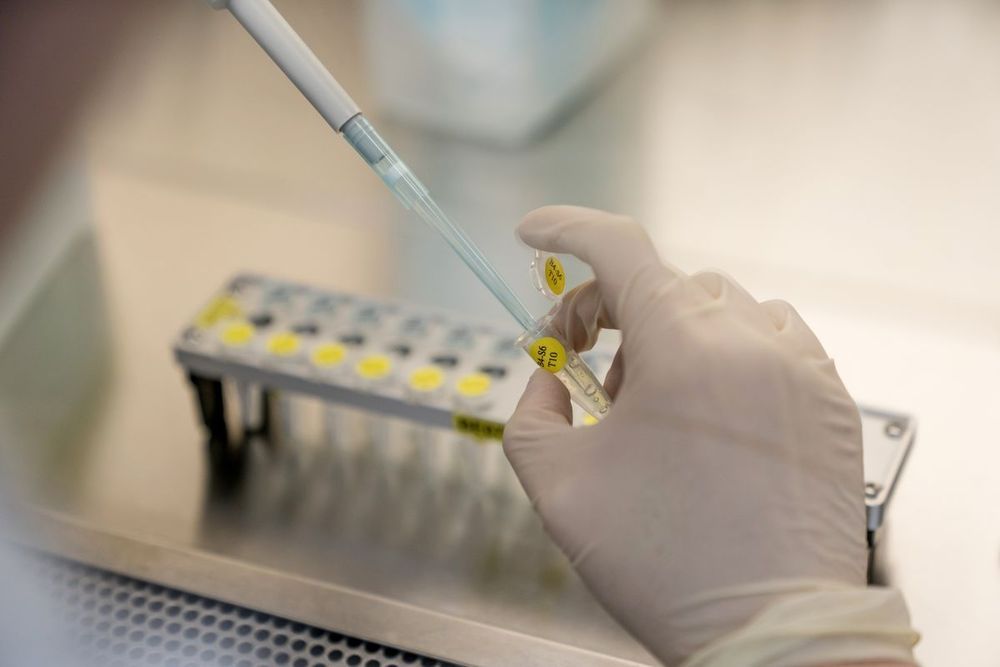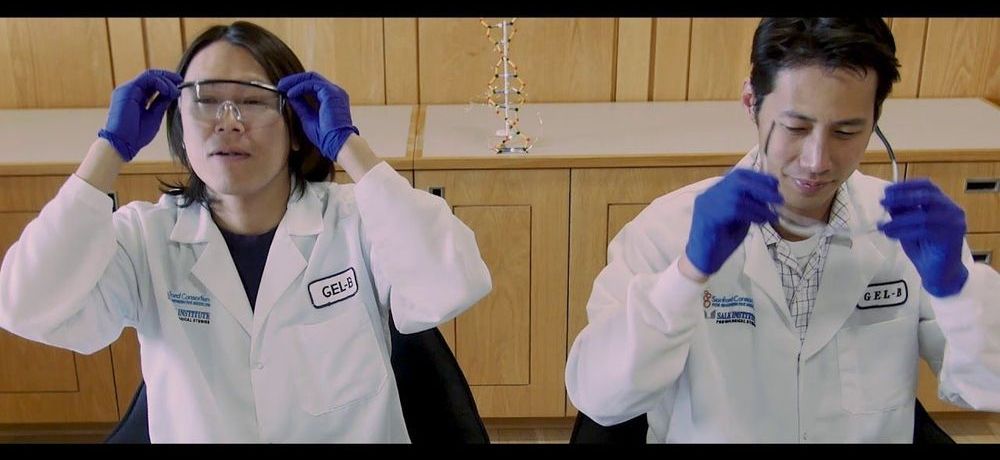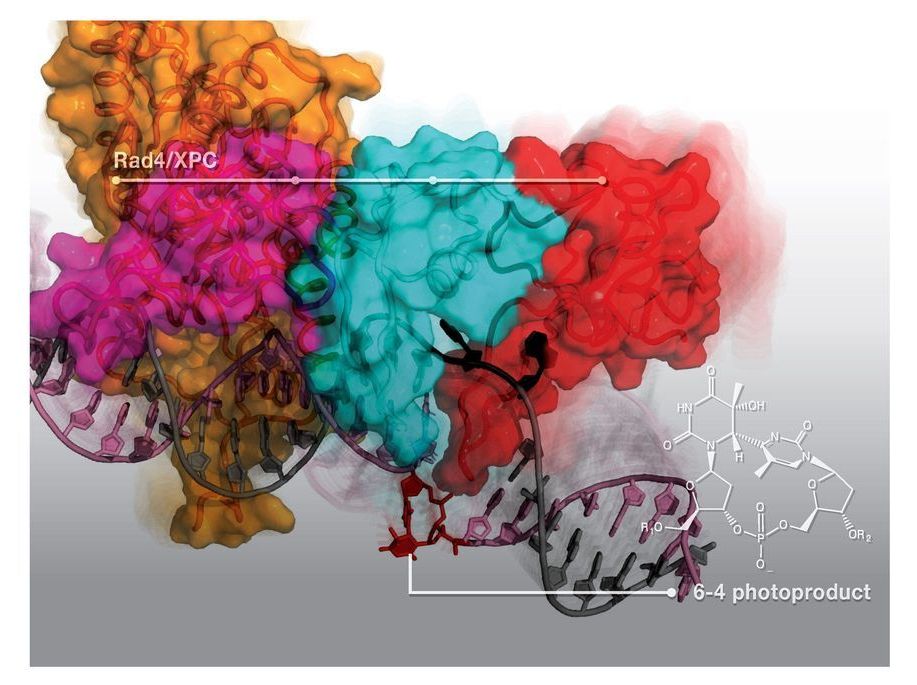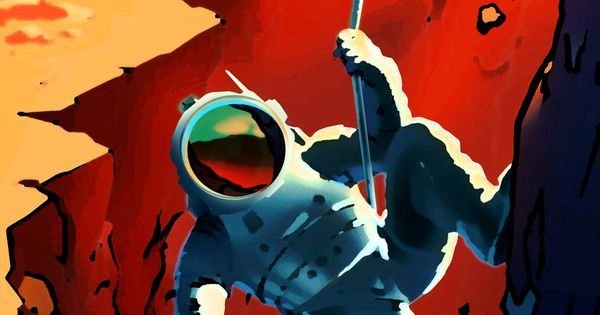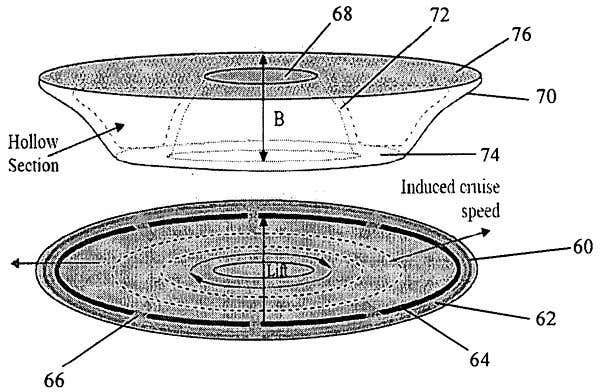By Justin MullinsPass a current or magnetic field through a conducting fluid and it will generate a force. Numerous aerospace engineers have tried and failed to exploit this phenomenon, known as magnetohydrodynamics, as an exotic form of propulsion for aircraft. But perhaps attempts so far have all been too big.
A very small design could have a better chance of taking off, says Subrata Roy, an aerospace engineer at the University of Florida, Gainesville, US.
With a span of less than 15 centimetres, his aircraft qualifies as a micro air vehicle (MAV), but it has an unconventional design to say the least. It is a saucer shape covered with electrodes that ionise air to create a plasma. This plasma is then accelerated by an electric field to push air around and generate lift.
